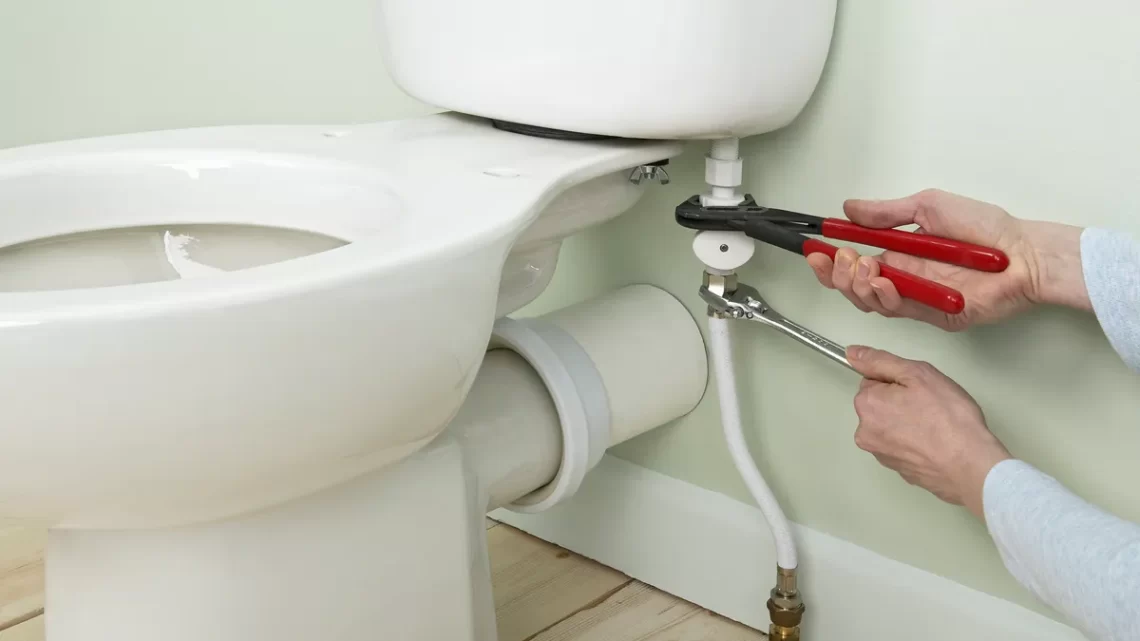How Do Toilets Work?
September 25, 2023Too often we take toilet flushing for granted, yet its design involves complex mechanics and physics that many of us take for granted.
Starting from a large holding tank located high above the bowl, water is rapidly pumped from it into the toilet bowl via an automatic refill tube.
The Tank
The tank, located above the toilet bowl, holds a fixed volume of water to flush away waste. It includes a lever-arm which extends from its handle and raises a rubber flapper called a flush valve or float valve for easy operation.
As the float rises or lowers, it levers open or shuts the fill valve. Once it passes the fill line, water enters through a refill tube that connects near the top of the float mechanism on one end to an overflow tube on the other end.
Shut-off/supply valves located near your tank on your wall regulate water intake to the tank and can act as an emergency backup in case its float valve gets stuck or clogged, creating an effective seal between tank and bowl in 2-piece toilets – often lined or glazed to reduce leakage. In 2-piece toilets, this round “donut” shape helps create a seal between them that keeps leakage at bay. A tank (sometimes known as cistern) acts as the repository that stores waste until siphoned off into either your local sanitary sewer system or eventually an alternative wastewater treatment or septic treatment system for proper disposal of its wastes.
The Bowl
The toilet bowl serves not only to hold waste after flushing, but it also features an internal trap which protects against sewer gasses. These days most bowls are constructed of vitreous china which resists staining and is easy to maintain – two qualities essential for smooth daily operations.
When you flush, water rushes into the bowl through rim holes and siphon jet, flushing out waste into the trapway for further disposal through drains below. This gravity-driven design relies on weight of water in the tank to produce pressure for siphon jet.
Inside your tank’s ballcock mechanism is a 1 inch-diameter hollow tube which connects with both ends of a Douglas flush valve seat as well as the refill tube – this acts as the pathway for water that fills your toilet during its flush cycle.
The Flapper
Toilet tank flappers seal off the pipe that connects your tank and your bowl, and over time can become warped or broken, allowing water to leak back down into your toilet tank and potentially waste 200 gallons per day!
When the handle is used to flush, a chain lifts and raises the flapper, which opens its pipe. Water then flows freely into the toilet bowl through its flush valve opening before dropping back down and closing its pipe resealing its opening in the tank to the bowl.
Installing a new flapper should be straightforward, although depending on how your toilet is designed you may have to adjust its length of chain accordingly. Too long of a chain could pinch beneath the flapper and prevent it from closing properly – thus leaving slack for opening/closing completely each time the chain lifts the handle lever for greater effectiveness in opening/closing the flapper fully each time its lifted by it.
The Trap
A toilet’s trap is a curved channel located beneath its base that runs from its drain hole directly into your sewer system and serves to collect wastewater while also helping to prevent sewer gas odors from invading your home.
Like any plumbing part, traps can clog when flushed with items not meant to go down the drain, such as diapers, baby wipes and tampons – or jewelry or disposable cleaning products dropped down it by accident. Common culprits include diapers, baby wipes and tampons as well as jewelry dropped into drains as well as disposable cleaning products.
Modern homes typically use P-traps for their toilets, but if your home features older original plumbing it could still contain an S-trap that may dry out and allow sewer gases into your home. To prevent this, regularly pouring water down the drain can help restore seal and ensure an uninterrupted plumbing supply.





